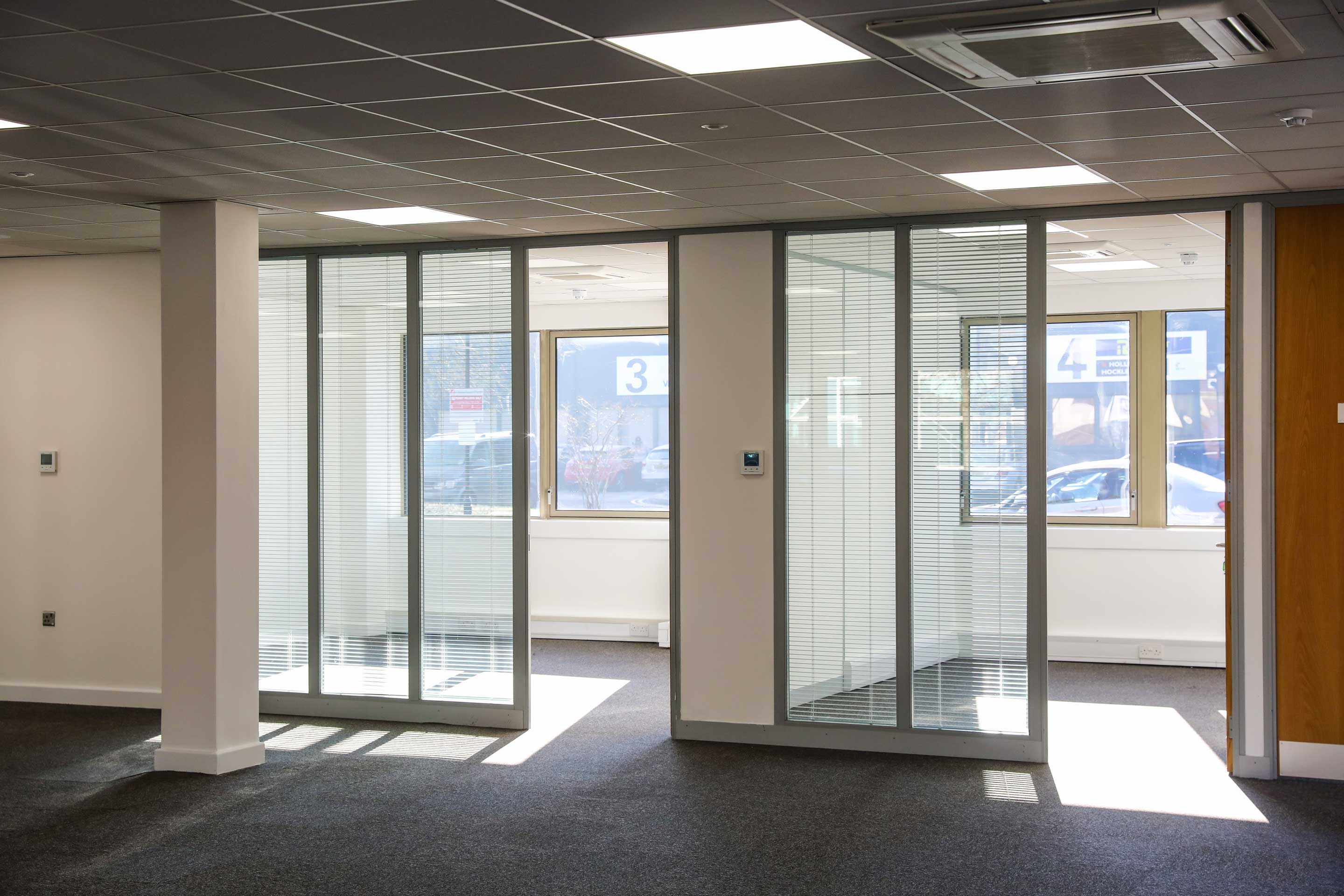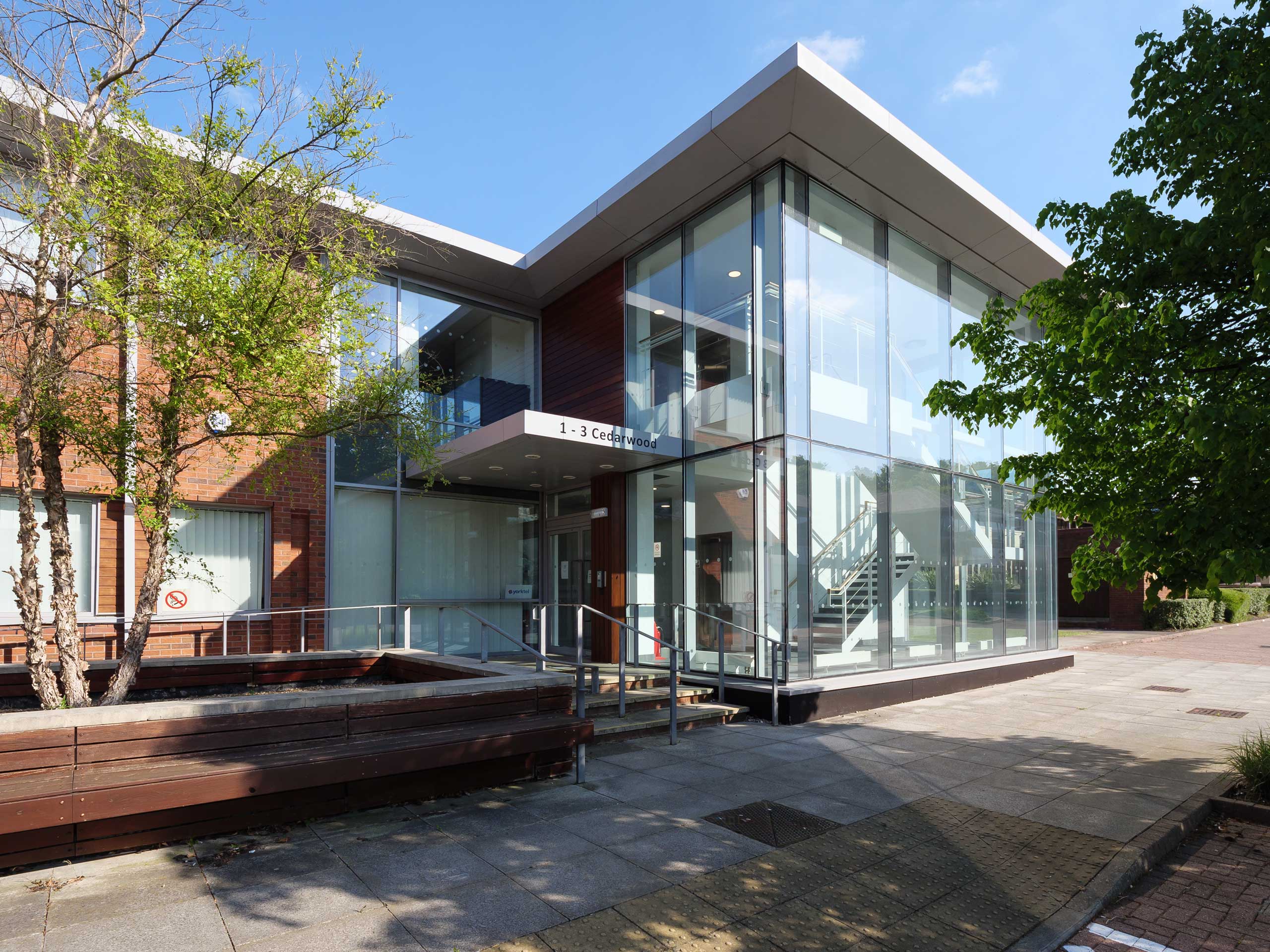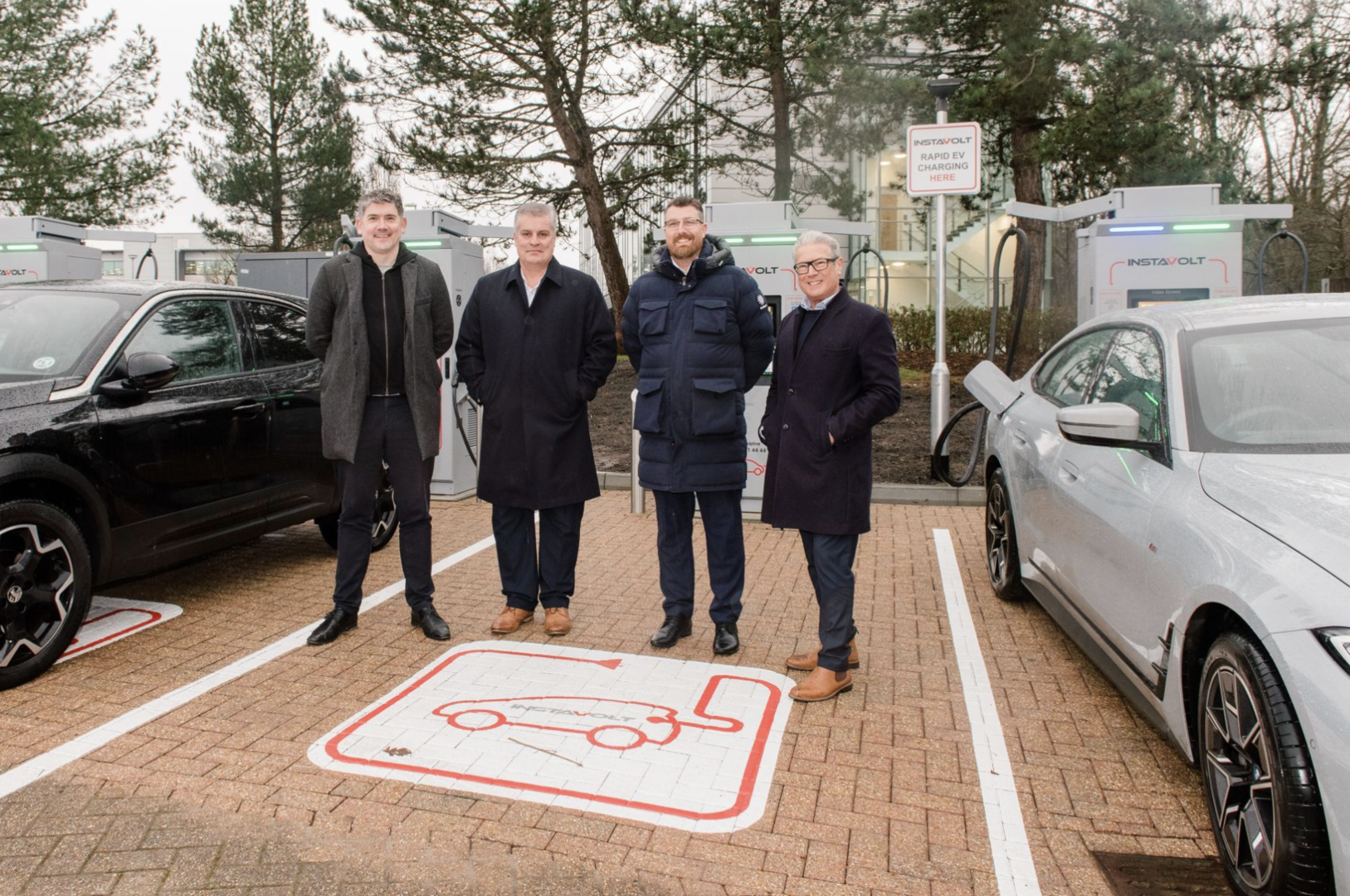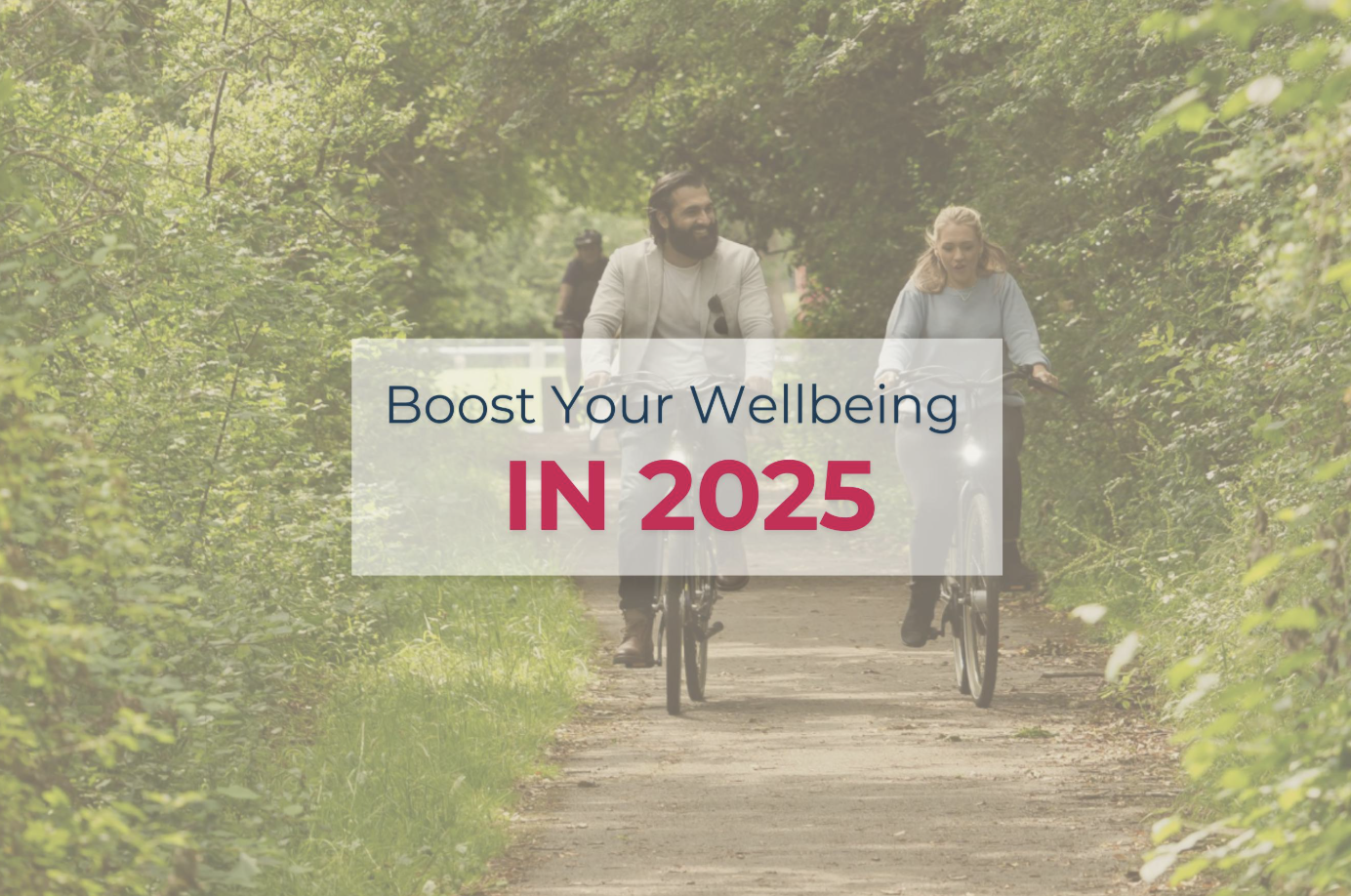Open plan versus traditional layouts
When considering office space, layout is often underestimated in its influence on the workspace as a whole. In actuality, modern office spaces help to shape employee productivity, collaboration, and well-being. According to TechRound, the shift from the rigidity of traditional offices “reflects a growing recognition of the integral role that environment plays in shaping our mental health, creativity, and efficiency at work.”
As such, open-plan offices, with their seamless flow of space and minimal physical barriers, promote transparency and collaboration. Employees can easily communicate and engage with one another, fostering a dynamic exchange of ideas and knowledge-sharing.
Traditional closed-off designs, on the other hand, offer employees more privacy and quieter environments for concentration. With dedicated workspaces and meeting rooms, these layouts provide a more controlled setting, which can benefit tasks requiring deep focus or confidentiality. Nonetheless, these traditional layouts may inadvertently hinder spontaneous interactions, potentially stifling the collaboration of ideas.
Activity-based workspaces
To strike a balance between these contrasting approaches, many office spaces have embraced the concept of activity-based workspaces. These spaces are designed with various zones tailored to specific tasks and work modes, such as:
- Quiet focus areas that offer tranquil environments for deep concentration
- Collaboration hubs that encourage teamwork and brainstorming sessions
- Social spaces that provide opportunities for casual interactions and rejuvenation
Here at Chineham Park, we offer flexible open office spaces that give you the affordances of space to tailor to be as open or closed as you want.

Ergonomics and comfort
Ergonomics and comfort are paramount in improving efficiency in modern office spaces. Well-designed workstations with adjustable desks, supportive chairs, and proper lighting can significantly reduce physical strain and discomfort, allowing employees to maintain focus and productivity throughout the workday.
Additionally, incorporating elements of biophilic design, such as natural lighting, indoor plants, and views of nature, can positively impact employee well-being and cognitive performance.
Flexibility and adaptability
Flexibility and adaptability are key considerations in modern office design. As teams grow and workstyles evolve, office spaces must be capable of accommodating these changes seamlessly.
Modular furniture, movable partitions, and reconfigurable layouts empower organisations to adapt their workspaces to meet emerging needs, ensuring efficiency and the best possible use of space.
Conclusion
In conclusion, creating an efficient and productive office environment requires a thoughtful balance of various factors. By embracing the best aspects of open-plan and traditional layouts, incorporating activity-based workspaces, prioritising ergonomics and comfort, and fostering flexibility and adaptability, modern offices can cultivate environments that inspire collaboration and innovation and maximise efficiency for employees and organisations.
Modern office space in Chineham Park
Chineham Park is an 815,000 sq ft mixed-use business park located in Basingstoke with a wide range of offerings comprising units from 160 sq ft to 93,000 sq ft. To learn more, get in touch with us today.









